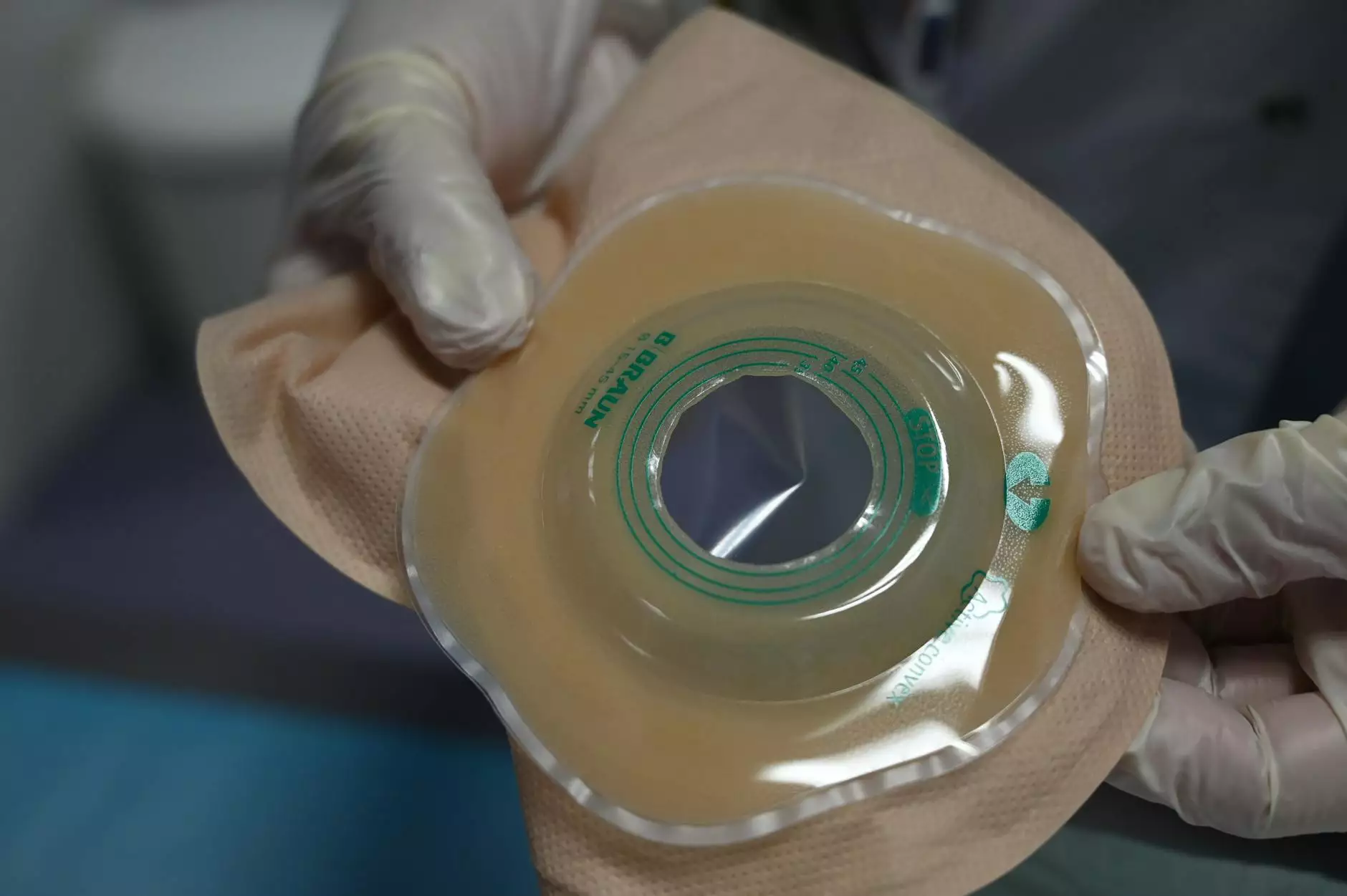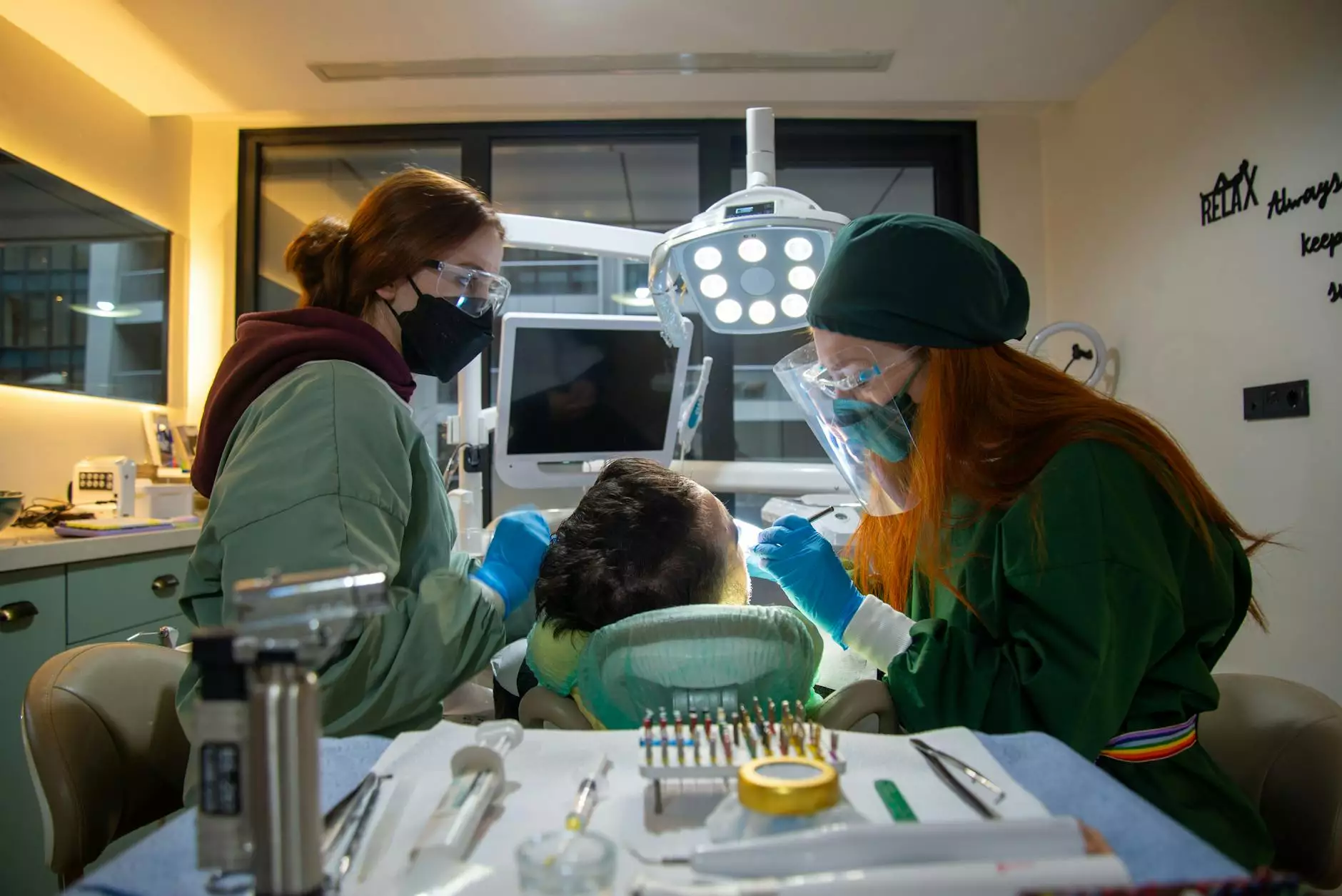Bilateral Salpingo-Oophorectomy and Hysterectomy: Understanding the Procedures and Their Importance

Bilateral salpingo-oophorectomy and hysterectomy are significant surgical procedures in the field of gynecology, often performed to address a variety of medical conditions affecting women's reproductive health. Understanding these procedures, their indications, and their implications is crucial for patients and healthcare professionals alike. This comprehensive guide aims to provide essential insights into both surgeries, empowering women with knowledge that can pave the way for informed health decisions.
What Are Bilateral Salpingo-Oophorectomy and Hysterectomy?
The term bilateral salpingo-oophorectomy refers to the surgical removal of both ovaries and fallopian tubes. This procedure is typically performed when there are concerns regarding ovarian cysts, tumors, or a high risk of ovarian cancer, often due to genetic factors such as BRCA1 or BRCA2 mutations. On the other hand, a hysterectomy involves the removal of the uterus and may also include the removal of the cervix, fallopian tubes, and ovaries depending on the medical necessity. Both surgeries can be performed through various surgical approaches, including abdominal, vaginal, or laparoscopic methods.
Indications for Surgery
There are numerous reasons why a patient might be recommended to undergo a bilateral salpingo-oophorectomy and/or a hysterectomy. Understanding these indications can provide clarity on the importance of such procedures:
- Endometriosis: A condition where tissue similar to the lining inside the uterus begins to grow outside it, causing pain and other issues.
- Uterine Fibroids: Noncancerous growths of the uterus that can lead to heavy bleeding, pelvic pain, and other complications.
- Ovarian Cysts or Tumors: Growths on the ovaries that may be benign or malignant, necessitating removal to ensure safety and health.
- Adnexal Masses: Abnormal growths in the ovarian region that can indicate potential malignancy.
- Ovarian Cancer: A serious condition where tumors in the ovary require immediate surgical intervention.
- Prophylactic Measures: For women at high risk of developing ovarian or breast cancer, preventive removal can significantly reduce risks.
Preparing for Surgery
Preparation for bilateral salpingo-oophorectomy and hysterectomy is essential for ensuring a successful outcome. Here are the key steps involved:
- Consultation: Thorough discussion with healthcare professionals to evaluate health status, surgical options, and potential risks.
- Preoperative Testing: Blood tests, imaging, and other evaluations to ensure the patient is in good health for surgery.
- Medication Management: Adjusting or stopping certain medications before the procedure as per the doctor's instructions.
- Emotional Preparation: Understanding the emotional aspects of undergoing such major surgeries is critical. Support groups or counseling can be beneficial.
The Surgical Procedure
The procedures for bilateral salpingo-oophorectomy and hysterectomy can vary based on the surgical approach chosen. Here’s a breakdown of the methods:
1. Abdominal Approach
This method involves making a larger incision in the abdomen. It may be necessary if extensive surgery is required or if there is a higher risk of complications. While this approach offers good visibility for the surgeon, it may result in a longer recovery time.
2. Vaginal Approach
In a vaginal hysterectomy, the uterus is removed through the vagina, which can lead to reduced recovery time and less postoperative pain. This method may not be suitable for all patients, particularly those with larger uteruses or complex conditions.
3. Laparoscopic Approach
Laparoscopy involves using small incisions and a camera to guide the surgeon. This minimally invasive technique often results in less pain, quicker recovery, and fewer complications compared to traditional methods.
Postoperative Care and Recovery
After undergoing a bilateral salpingo-oophorectomy or hysterectomy, patients will experience a recovery period that requires proper care and attention. Key aspects of postoperative care include:
1. Pain Management
Managing pain effectively is crucial to recovery. Patients may be prescribed medications to help alleviate discomfort and aid in the healing process.
2. Monitoring for Complications
Patients should be vigilant about signs of infection, excessive bleeding, or other complications that could arise post-surgery. Regular follow-ups with the healthcare provider are essential.
3. Gradual Activity Return
While rest is important, gradually returning to normal activities is equally crucial. Patients should follow their doctor's recommendations regarding physical activity and resuming daily routines.
4. Emotional Support
Emotional recovery is as important as physical healing. Engaging with support groups or mental health professionals can help address the emotional challenges that come after such significant surgeries.
Long-Term Effects and Considerations
Both bilateral salpingo-oophorectomy and hysterectomy can have long-term effects on a woman's health. It's vital to discuss these potential changes with healthcare providers:
1. Hormonal Changes
For women who have their ovaries removed, hormonal changes leading to menopause can occur, particularly if they are premenopausal. Hormone replacement therapy (HRT) may be an option to help manage symptoms.
2. Sexual Health
Many women report changes in their sexual function post-surgery. It is important to communicate openly with partners and healthcare providers about any concerns or questions.
3. Fertility Considerations
Both surgeries result in loss of fertility. Women who wish to conceive in the future should discuss fertility preservation options prior to surgery.
4. Regular Check-Ups
Post-surgery, regular gynecological exams become crucial for monitoring overall health and addressing any new concerns that may arise.
Conclusion
In summary, understanding the implications of bilateral salpingo-oophorectomy and hysterectomy is vital for women's health. With an array of indications, surgical options, and considerations surrounding recovery, these procedures can alleviate significant health issues and risks, ultimately enhancing the quality of life. It’s always recommended to seek professional advice and engage in thorough discussions before making health decisions.
Contact Us for More Information
If you're considering these procedures or have any questions regarding your reproductive health, do not hesitate to reach out to the professionals at drseckin.com. Your health and well-being are of utmost importance, and informed decisions lead to better outcomes.









